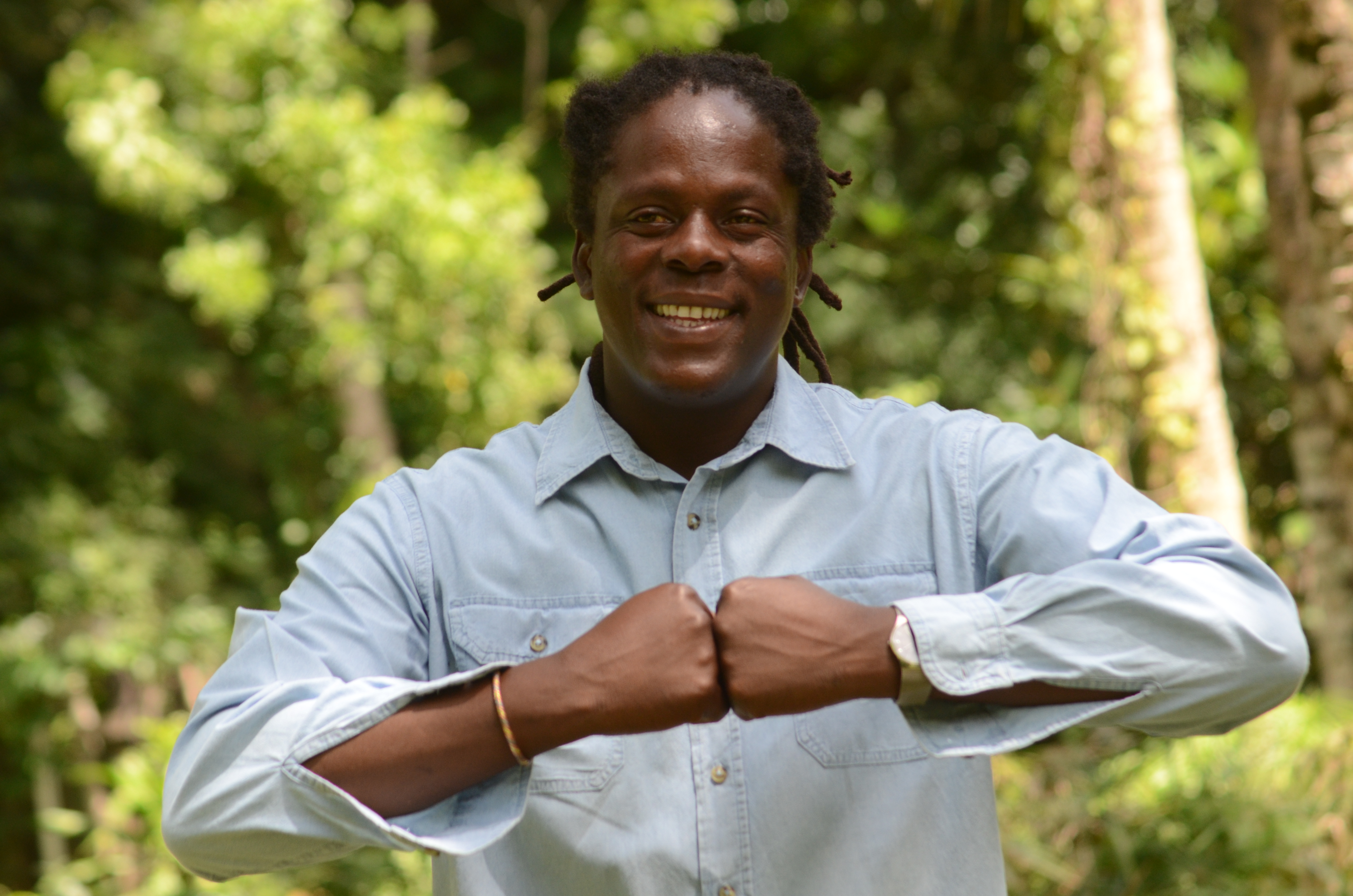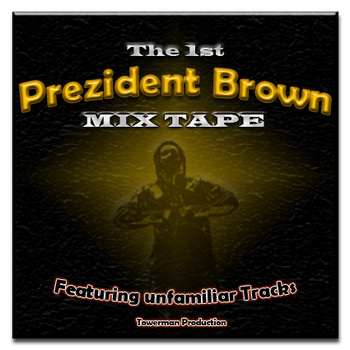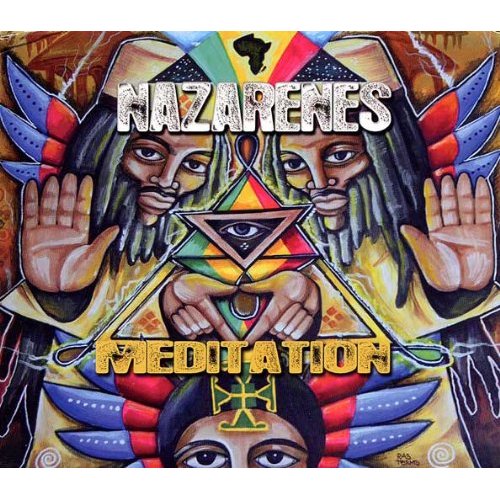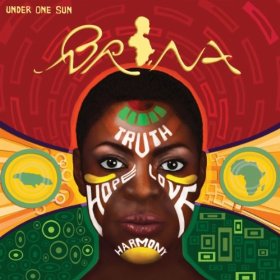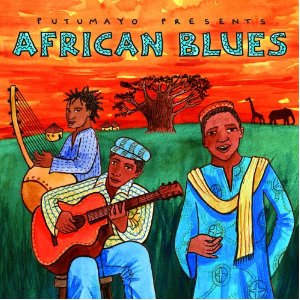 Taj Mahal’s life, as told to Stephen Foer, is nestled on the pages of this book. Mahal, the man behind blues music, is giving his fans and those who don’t know him a view into his life.
Taj Mahal’s life, as told to Stephen Foer, is nestled on the pages of this book. Mahal, the man behind blues music, is giving his fans and those who don’t know him a view into his life.
Henry St. Clair Fredericks Jr. became Taj Mahal over a lifetime of experiences and spiritual growth. It is stated in the book: “The name Taj Mahal has a deeper significance that just a showbiz handle; it reflected the positive forces in the world with which he chose to identify.” This statement tells a story that weaves music throughout the fabric of his life.
Mahal recites a history encapsulated in the importance of the “Negro” migration from small towns in the South to urban cities. They brought the blues with them. He speaks eloquently of how difficult it was for blacks to make it financially and the depressions they endured in their search for better jobs and opportunities.
Mahal’s parents exposed him and his siblings to music. He grew up listening to swing and bebop, a staple of his parents’ generation. His mom had dreams of becoming a singer, he writes, in an Ella Fitzgerald way. Mahal’s father, also a musician, had to leave his love of music for a job as day laborer to support his family. Well-renowned musicians like Billy Eckstine, Trummie Young and the bandleader Jack Teagarden would often spend the night at Mahal’s family home in Springfield. In those days there were not a lot of decent places that catered to a black clientele. This early exposure with musical greats laid the foundation for the music for Taj Mahal.
A tragedy occurred when Taj Mahal was 13 years old–his dad died when a tractor fell on top of him, crushing his skull. Mahal watched him die in the backyard of the farm he was raised on. It changed his life; from that moment on he became a man. According to Foer, Mahal doesn’t like to speak about it, “My father’s death made me realize that I had to be doing the work that I needed to be doing. I got busy. I started working as soon as I could.” He uses this same focus in his music.
Self-taught Leonard “Lynwood” Perry introduced Mahal to the blues. Perry inherited his love for southern blues listening and imitating his brother and father. He met Taj Mahal, back then known as Henry, when he and his family were forced to seek economic security in Springfield, where he lived next door to Taj Mahal. One day Mahal asked Perry to come into his house because he wanted to show him something he’d learned on the guitar. The first song he taught Mahal was “O, Baby.” He guided Mahal’s fingers along the strings of the guitar and showed him chord progressions. A bluesman was born. Mahal has not put down his guitar since. Perry said, “The Northern honky-tonk blues is a blues you can dance by, the Southern down-home blues, that tells of the troubles you had, of the troubles the player heard, of the troubles about people they love and hate.”
The blues is Mahal and it is what he gives to the thousands of people who love his vibes. Heavily influenced by his Caribbean as well as his Southern roots, Mahal creates music for the love of it. His son Taj Mahal Riffia affectionately called Taj Jr., a twin and the eldest son of Mahal’s 15 children, says the one thing he admires about his dad is his ability to focus solely on his music. Taj Jr. is a successful landscape artist on Hawaiian island of Kauai. For another child, Aya de Leon, who is the director of the Mothertongue Institute for Creative Development in Oakland, California, said bitterly that her dad overlooked her, “I grew up with two dads; the public hero and the private disappointment.” Mahal has a relationship with all his living children (three died in infancy). He admits he was not your typical stay-at-home dad. His eldest daughter Cybelle is referred to in the family as “the lost sister,” as she was put up for adoption at birth. During those times a mixed race child was not readily accepted. Cybelle’s mother, Suzanne, was caucasian and her father did not want her to raise a black baby. She was coerced into giving her baby up. She stipulated to the adopting agency that she didn’t want Mahal to have any access to his daughter. His present wife, Inshirah, says this may have contributed to Mahal’s inability to bond with his children.
Taj Mahal agrees that he may not have been in the lives of his children, as they would have wanted but that in order to care for them and be a responsible dad, he had to work. His job was as a musician. “The mothers and kids are not going to see that it’s a good thing, they’re going to go, “Wow, my dad ain’t here and I wish he was.’ The set-up is, if you want to eat pancakes, somebody has to go out and get the means for the pancakes.” His travels touring across America and the world did not allow for lengthy stays with his children.
Taj Mahal’s music is the fabric on which is life is sewn. Overall this autobiography is just a minute diary of a man who is still living out his life’s work; playing the music he loves; the Blues. No one book can contain all of the experiences and details of a convoluted yet talented musician as Taj Mahal. I highly recommend reading this book. I predict one day a documentary or film will come of the life of Taj Mahal.
